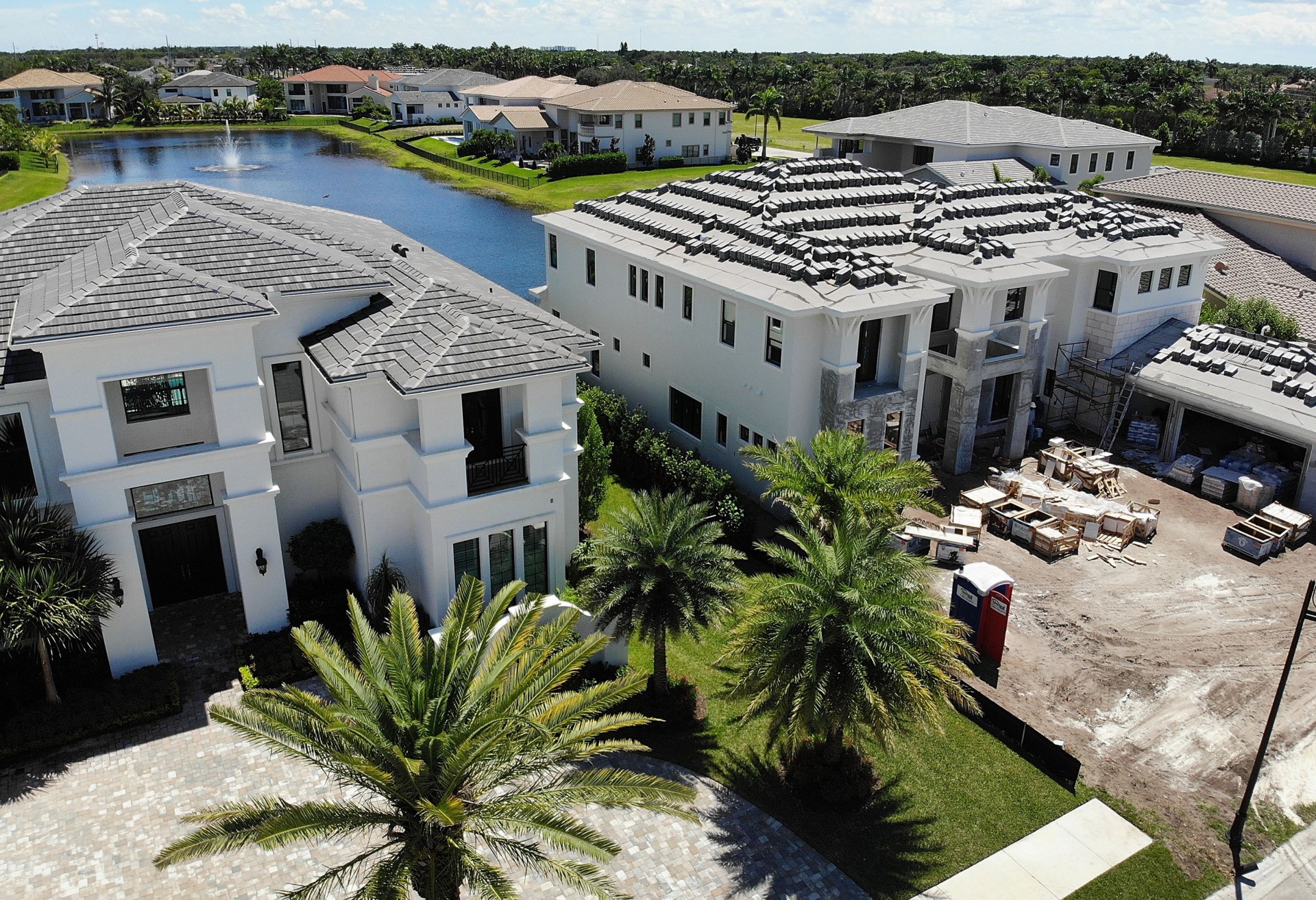The U.S. is building new homes at a faster pace than expected but it is not building many inexpensive homes that could be purchased by first-time buyers or Americans with modest incomes.
Sales of new homes rose one percent in July to a seasonally adjusted annual rate of 708,000, data from the Census Bureau showed Tuesday. The monthly rise would have been bigger were it not for the fact that June was revised up from a rate of 676,000 to 701,000.
Sales had fallen in February, April, May, and June as prices soared to record levels, builders faced surging lumber prices, and the labor supply grew scarce.
Home prices continue to skyrocket. The median price of a new home sold in July rose to $390,500, up 18.4 percent from a year ago, The average sales price in July hit a record $446,000, up 17.6 percent from a year ago.
Far fewer of the new homes being sold are on the less pricey end of the market. Back in 2019, homes priced at $399,000 or less made up 67.7 percent of sales. Last month, that had dropped to just 50.5 percent.
Homes priced under $150,000 accounted for 1.9 percent of the market in 2019. Last month, they were so low that the government did not even assign them a number. Houses in the $150,000 to $199,000 range were 7.6 percent of the 2019 market. Last month, just 1.5 percent. Houses in the $200,000 to $299,000 range went from 33.2 percent to 22 percent.
The more expensive houses increasingly make up a larger share of the market. The $400,000 to $499,000 range grew from 13.9 percent to 22 percent. The $500,000 to $749,000 range went from 13.2 percent to 17.5 percent. More expensive houses were 5 percent of the 2019 market and 7.9 percent of the July 2021 market.
Bill McBride of the Calculated Risk blog explains the transformation of the market in recent years:
During the housing bust, the builders had to build smaller and less expensive homes to compete with all the distressed sales. When housing started to recovery – with limited finished lots in recovering areas – builders moved to higher price points to maximize profits.
Then the average and median house prices mostly moved sideways since 2017 due to home builders offering more lower priced homes. Prices picked up during the pandemic, and really picked up recently.
The market is nowhere near as frenzied as it was a year ago. New home sales are 27.2 percent below the pace set in the summer of 2020, when families fled cities after schools closed and office work went remote. Sales crested at a rate of 993,000 units in January.
The number of new homes for sale at the end of July rise to 367,000, up 5.5 percent June and 26.1 percent higher than a year ago.
The months of supply increased in July to 6.2 months from 6.0 months in June, a bit higher than average but in line with what realtors consider a balanced market. The longest inventory ever was 12.1 months in 2009. The lowest was 3.5 months in October of last year.

In the heart of Miami, among the towering skyscrapers that rise above the Bay of Biscayne, the eye-catching new luxury condo building by late star architect Zaha Hadid dominates the skyline. The unique curved “exoskeleton” design of the One Thousand Museum building has created buzz. The futuristic building is the only residential space in downtown Miami with a helipad. (Photo by Eva Marie UZCATEGUI / AFP) (Photo by EVA MARIE UZCATEGUI/AFP via Getty Images)
But unless the trend toward more expensive houses changes, that will do little the help first-time buyers or those looking for less expensive homes.
The market for new homes is a fraction of the overall housing market but it has an outsized economic impact because home building is labor and material intensive, employing workers with a full range of skill and experience levels. And new homes need to be outfitted with appliances, driving up demand for durable goods.


COMMENTS
Please let us know if you're having issues with commenting.